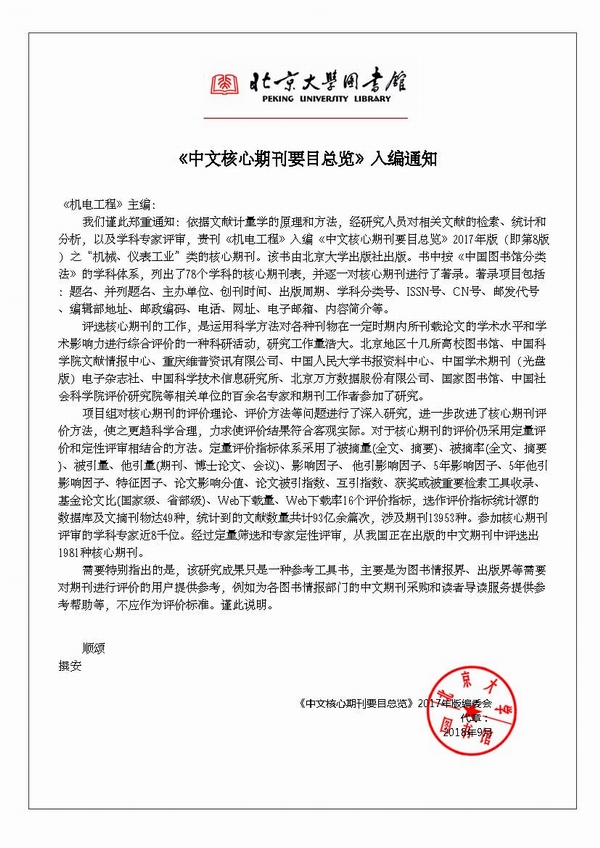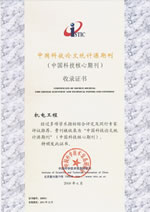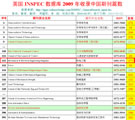
Founded in 1971 >
Chinese Sci-tech Core Periodicals >
British Science Abstracts (SA, INSPEC) Indexed Journals >
United States, Cambridge Scientific Abstract: Technology (CSA: T) Indexed Journals >
United States, Ulrich's Periodicals Directory(UPD)Indexed Journals >
United States, Cambridge Scientific Abstract: Natural Science (CSA: NS) Indexed Journals >
Poland ,Index of Copernicus(IC) Indexed Journals >
International Standard Serial Number:
ISSN 1001-4551
Sponsor:
Zhejiang University;
Zhejiang Machinery and Electrical Group
Edited by:
Editorial of Journal of Mechanical & Electrical Engineering
Chief Editor:
ZHAO Qun
Vice Chief Editor:
TANG ren-zhong,
LUO Xiang-yang
Tel:
86-571-87041360,87239525
Fax:
86-571-87239571
Add:
No.9 Gaoguannong,Daxue Road,Hangzhou,China
P.C:
310009
E-mail:
meem_contribute@163.com
Abstract: In the broaching process, the chips will be temporarily stored in the chip pocket of the tool, which will scratch the machined surface of the workpiece.The traditional micro-structured cutting tools have low efficiency and passive chip-receiving, which will cause the overflow of abrasive chips and affect the broaching performance. Therefore,by studying the principle of self-cleaning characteristics of the cell ciliary structure, a new microstructure cutting tool added with carbon fiber material was proposed,and the broaching performance of carbon fiber composite functional surface cutter was studied experimentally.Firstly, an inverted triangular microstructure was prepared on the surface of the keyway broach by laser processing as the bottom microstructure, the silica gel was filled as the bonding layer, and the biomimetic ciliary tissue of carbon fiber bundles was closely connected with the bonding layer to prepare a new type of microstructure tool. Then, the tools were subjected to comparative cutting tests with a single inverted triangular texture tools under dry cutting, water cooling and oil cooling conditions. Finally, the broaching performance of the new microstructure tool was analyzed from the aspects of chip morphology, machining quality, and broaching load. The research results show that comparing with the single inverted triangular microstructure broaching, the new microstructure tool has a nearly 44.6% increase in the curvature of the chip shape, a 50.7% increase in the surface quality, and a 69% reduction in the error of the broaching load from the theoretical curve. At the same time, a 98.7% correlation is found between the chip morphology and surface roughness of the new macrostructure tool, which indicats that for the new macrostructure tool, the machining quality can be accurately predicted by the chip morphology.
Key words: broaching process; bionic tool; keyway broach; textured tool; composite texture; chip morphology; surface roughness








